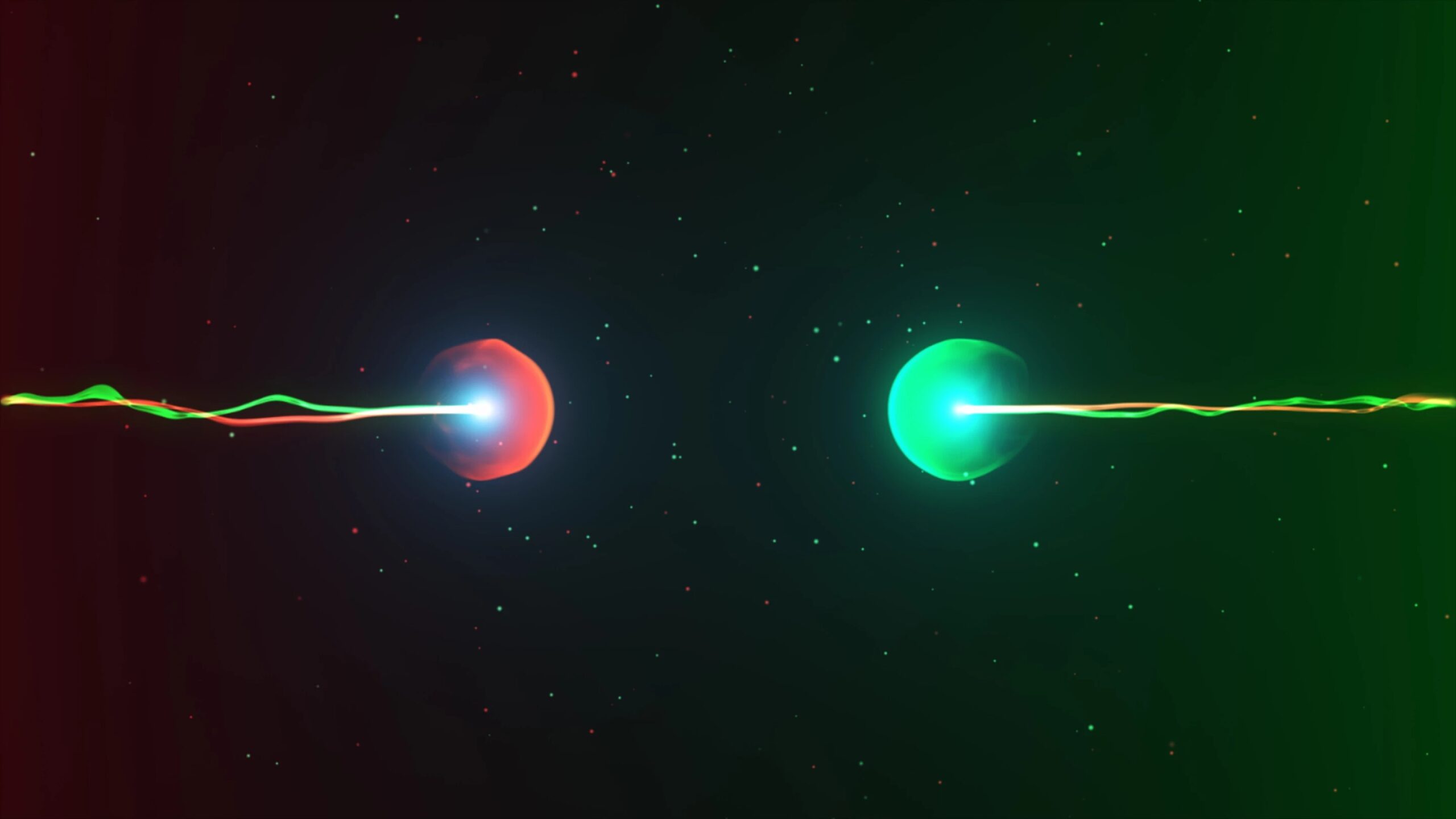This discovery could change a lot of what we know about our universe.
Oxford physicists have discovered a subatomic particle that can switch between matter and antimatter, and which could have a huge impact on the way we look at the Universe.
Back and forth
Using CERN's Large Hadron Collider, the researchers found that i charm mesons (subatomic particles that have both a quark and an antiquark) can spontaneously switch between particle and antiparticle states.
Previously, researchers thought that the charm meson “simply” traveled like a mix of matter and antimatter. They now know that it can switch between states based on data collected through collider experiments. A preprint of the scientists' findings can be found on arXiv .
Matter and antimatter, one weight difference

The thing that suggested to the researchers that the charm meson could be both matter and antimatter was an incredibly small difference in weight between the matter and antimatter that make up the particle.
Indeed, scientists found that matter and antimatter in the charm meson had a difference of just 0.00000000000000000000000000000000000001 grams. They were able to measure it by proton collisions using the Large Hadron Collider. And I, who 6 years ago ended it out of date!
Charm meson particles are produced in proton-proton collisions and travel on average only a few millimeters before transforming, or decaying, into other particles.
Tim Gershon, professor in the Department of Physics at the University of Warwick, in a recent statement
By comparing charm meson particles that decay after traveling a short distance with those traveling a little farther, the researchers were able to measure the key quantity that controls the speed of the meson.oscillation of the charm meson in anti-charm meson – the difference in mass between the heavier and lighter versions of the charm meson. From matter to antimatter.
Big implications for the Big Bang
Now the researchers are examining the actual transition process of the meson itself, according to the press release. However, their findings already challenge commonly accepted beliefs about the Universe.
For example, the Standard Model of particle physics says that the Big Bang produced matter and antimatter in equal quantities, but scientists know that this is not the case and that there is much more observable matter than antimatter, according to CERN .
And now that they know that some particles can go from antimatter to matter (and vice versa), they may have understood why.


